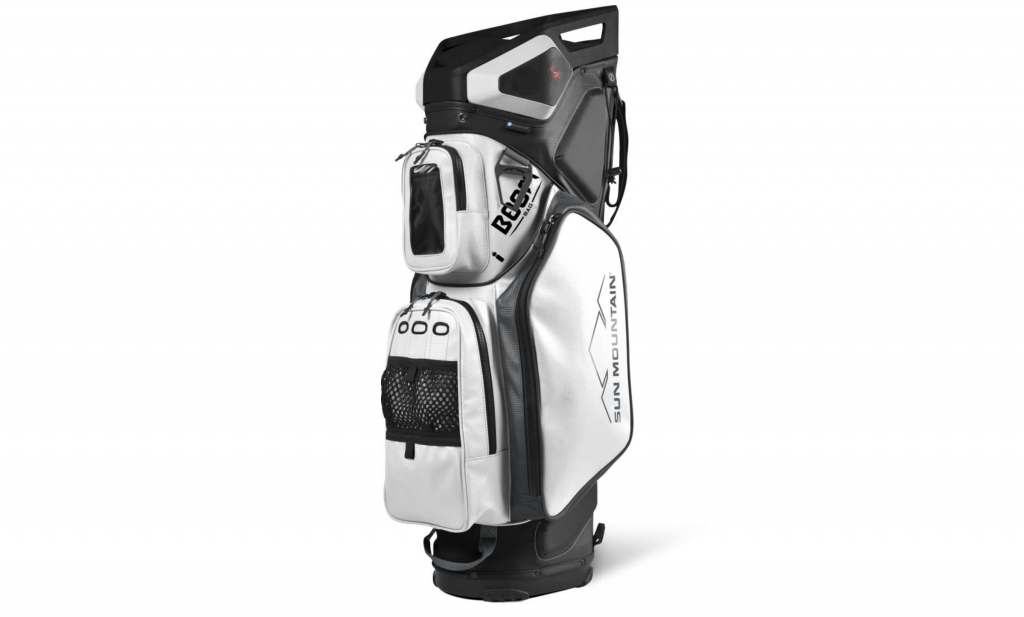There was a time when professional athletes would earn sums of money by performing well in their respective pursuits, plus endorsement and appearance fees.
Nowadays, the switch has flipped. The biggest stars are becoming billionaires and even mid-level players gross well beyond their weight classes.
The reason: They’ve assumed new roles as venture capitalists.
An extra $250,000, for example, in NIL contracts isn’t going to materially change most athletes’ lifestyles. Conversely, investing $250,000 in new and emerging companies in and beyond sports often catapults them into mega-million stratospheres thanks to ongoing distributions and exit payments. Equity is the name of the minting-money game.
Like him or not, Greg Norman brilliantly started the trend in golf in 1997 when he earned $40M from a $1.8M investment in Cobra Golf upon its acquisition by Fortune Brands, the then-maker of Titleist products. He then rolled that money into his new wine business and other enterprises.
Norman bet on his promotional value, connections and institutional knowledge, and it paid off for decades.
There are many examples of professional golfers whose careers were on the upswing, but unfortunately experienced prolonged slumps, injuries, personal challenges and other debilitations impacting their earning potential on and off course. Worse, they didn’t pull triggers on investments with conceivable windfalls as fallbacks. Personal investments, done right, often substantially outlast and outperform present-day earnings.
You don’t need to be LeBron James, Shaquille O’Neal, Serena Williams, Roger Federer, Magic Johnson, Conor McGregor, John Elway or Kobe Bryant to be entrepreneurial. One top 30 PGA Tour player who isn’t a household name invested modestly in car washes and is on the precipice of cashing in on tens of millions of dollars upon the company’s sale to private equity. Another threw $250,000 of “fun money” at a golf-product company and his stake is now worth a reported $12M – a nearly 50 times increase! Not many Fortune 500 stocks deliver those kinds of multiples.
The proxy to the archetypical PGA Tour player is the NBA’s Andre Iguodala. He made a particularly good living as an above-average forward mainly with the Philadelphia 76ers and Golden State Warriors. But his 50-plus investments in endemic brands, as well as Robinhood, Zoom, Allbirds, Mastry Ventures and English soccer team Leeds diversified his income stream and overall asset base. These savvy moves are expected to generate true generational wealth for him and his family following retirement from the basketball court.
Athletes have become smarter. Guaranteed LIV Golf money notwithstanding, the PGA Tour doesn’t offer professional golfers cast-iron, fail-safe contracts like the NBA. Golfers are now aware they’re one misstep and torn meniscus away from their earnings slipping from “wow” to “woe.” This presents a compelling argument for them (and athletes in general) to consider investing in companies with products they use otherwise promote – ah, the incredible power of their social media platforms – for their professional and personal benefit.
Consider the following scenario:
- A professional golfer is paid $150,000 annually for three years to play the product of a major brand, be it driver, putter, wedge or ball.
- Over that period, a total of $450,000 in income (taxable at ordinary income rates each year) is received with a likely “net” after taxes of $285,000 or less.
- Alternatively, the golfer invests that same amount ($450,000) in a cutting-edge golf product company and, by the player’s use of the product, elevates the company’s sales and success.
- Using average venture capital returns (35% per annum), the $450,000 investment is worth $1.1M.
- That represents a gain of $650,000 that, after applying capital gains tax rates, would likely net $520,000 – an 82% greater return despite the fact the golfer used his or her own capital.
- Of important note: The potential upside in the value of the equity, especially in start-up and early-stage companies, is virtually unlimited whereas endorsement payments are fixed.
To wit, per published reports: Kobe Bryant turned a $6M investment in Body Armour to $60M; Roger Federer collected $300M from OC (On Cloud sneakers); Kevin Durant placed $1M in Postmates that sold for $2.6B; and LeBron James invested less than $1M in little-known Blaze Pizza that sold a piece of the company to private equity valued at $250M.
If only decades ago we had the foresight to invest in Callaway and its Big Bertha, and, more recently, in Topgolf. Yup, if only.






